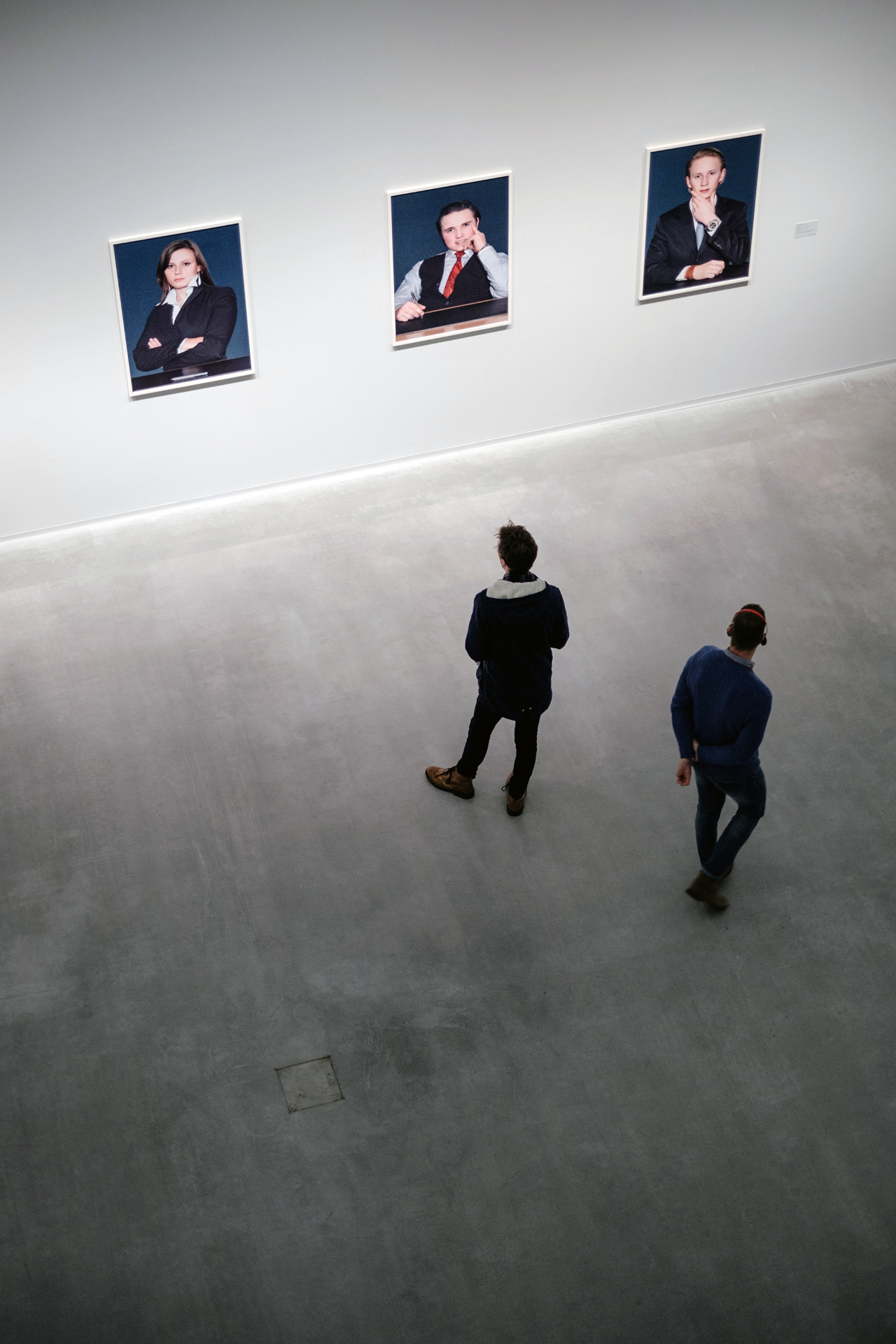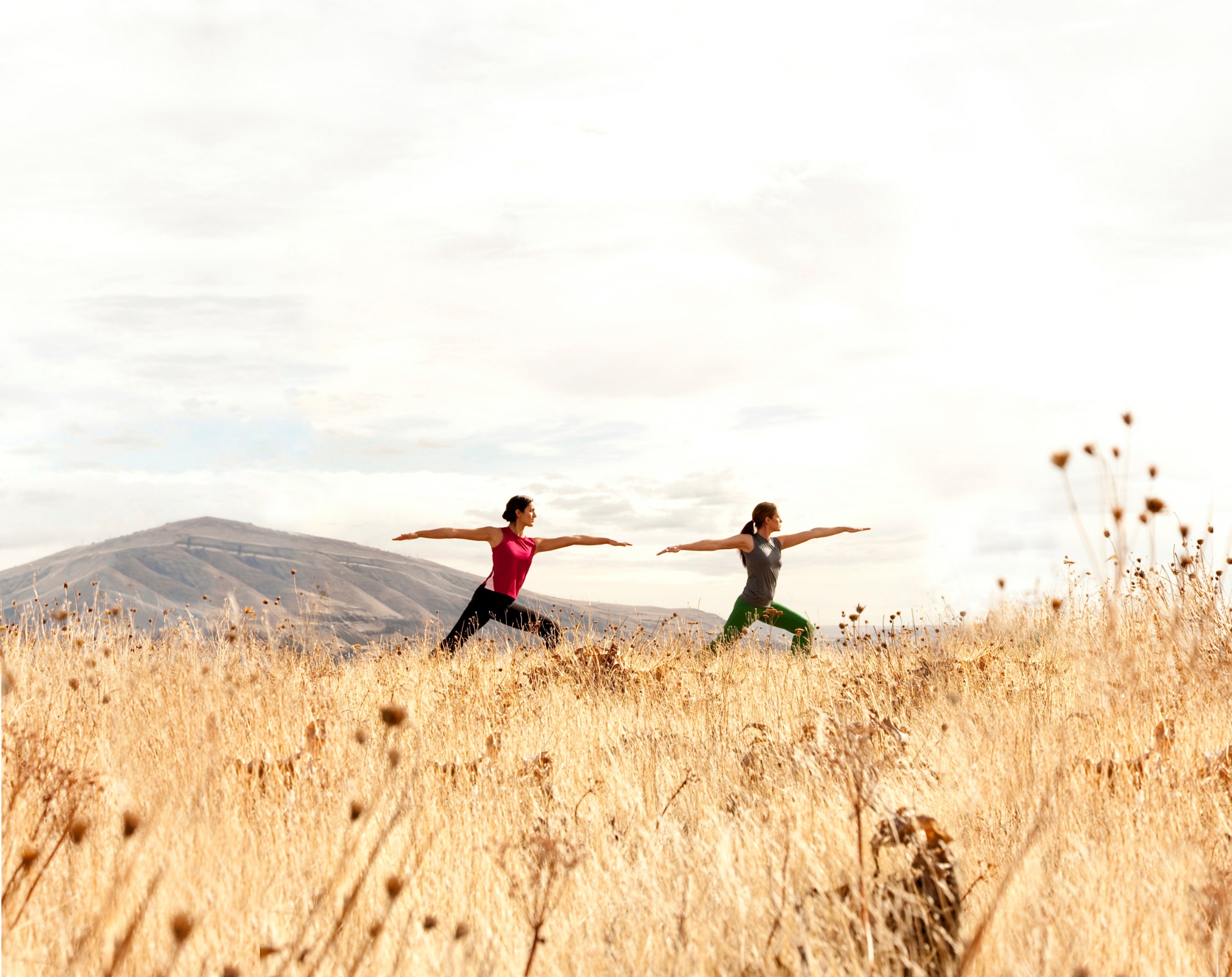
Why Mirrors?
Why all the mirrors in the studio? Let's explore this question a little bit.
"I'm Starting with the man in the mirror. I'm asking him to change his ways. And no message could have been any clearer. If you wanna make the world a better place, take a look at yourself and make a change" -Michael Jackson
I talk a lot about utilizing tools, and the mirror is one of the most useful tools for change-making. What a luxury it is to have this amazing creation available for our use! It doesn't need batteries. You don't need to plug it in. And if you don't want to use it, you don't have to look at it! Brilliant!
How can we use mirrors for enhancing the yoga experience?
Focus: By looking into the mirror, deeply into your soul window (your eyes), you become immersed into a new level of focus and concentration. This, alone, has numerous benefits that deserves its own field of study. If you haven't tried controlled breath synced with body movements while looking deeply into your own eyes in a mirror, you are truly missing out on one of the great ways to manifest internal peace, joy, and loving kindness. A great way to start a movement/yoga practice and set the tone.
Alternatives would be to allow your eyes to wander the room freely or for the purpose of trying to learn yoga poses by watching other people do them. Initially, you may have to spend a fair amount of class time watching others to figure out what is going on, but making this a long-term habit leads to unnecessary energy expenditure vs. listening carefully to the verbal instructions, calmly watching yourself in the mirror and building self-confidence and self-awareness in the process.
Verification and Assurance: As you practice moving in and out of different positions, you will think and feel what you are doing. Is your proprioception accurate? Often times, how we think we are moving is different from what is actually happening. Astute observation in the mirror will allow you to verify your body positioning in space, which muscles are engaged and initiating the movement, etc... For example, are you sure you are keeping your standing knee locked in Standing Bow Pulling Pose? It is intended to be a backward bending (extension) posture, so you have the luxury of verifying the locked knee in the mirror without any need to tilt your head down into cervical spinal flexion.
This is not true of all postures. There are plenty of asanas where it is not advantageous to look in the mirror, because you are better oriented to focus one point on the floor or ceiling. Still, even if many of these postures have you facing down or up, you can occasionally take a safe, quick peek in the mirror to verify your angles.
Awareness: The best yoga teachers in the world are not going to notice every detailed nuance of your postures, movements, and breathing patterns you create for yourself in and out of the yoga room. The mirror is used as a tool to increase your awareness of all those facets of your practice. You are your own best teacher and the mirror can serve as a gentle reminder of that responsibility. Remaining open, alert, and attentive to what is happening in the mirror leads to more awareness, which is the first step toward learning what changes are desirable. Whether you like it or not, we are all going to change over time, and with the help of a mirror, used as a tool for awareness, you can decide what changes you'd like to make.
For example: You might notice your left side Half Moon Pose feels stiffer than the right side. And then you pay close attention in the mirror and notice you're able to bend 30 degrees to the left, but 45 degrees to the right. Why the imbalance? There could be many factors. One possible contributing factor is that even some of the best "teachers" in the world hold the right side Half Moon Pose for a longer duration than the left side, so over the years, you've made greater mobility gains on that right side. Without the mirror (or a video recording), you might not ever become aware of this imbalance. This new awareness allows you to make changes to your practice, verify the results, and the cycle continues.
My dad used to say, "Better to have it and not need it than need it and not have it."
O.K. We don't exactly "need" the mirrors, but it is luxurious to have the assurance, verification, increased focus, and potential new layers of awareness that a mirror can bring to a practice. And a luxury that you don't have to plug in is awesome!
I've heard people say they hate looking at themselves in the mirror. If you don't like what you see, is that a reason to avoid it so you don't feel compelled to make those difficult, positive changes?
I believe the mirrors provide an opportunity for non judgemental curiosity, truth, and acceptance of the present moment. I have taken thousands of yoga classes with and without mirrors. I have gained the most benefit from those classes where I made it my intention to focus only on myself in the mirror for as much of the class as possible. The process truly feels like an open-eyed-moving-meditation. This results in a consistent feeling of joy, vibrancy, openness, happiness, and the notion of having more energy after class. Possibly the best addiction one could have?
Of course, if you have a consistent long term practice in studios without mirrors, you are probably going to be doing great also! Consistency is a powerful thing no matter what tools you decide to use, but don't bash the use of mirrors, don't give them a bad rep. Is there a chance that practicing yoga in a room with mirrors, when you don't want to look in the mirror, will actually increase your present moment awareness and concentration, since you are trying to avoid looking into the mirror?:)
It took me many years before my practice was actually enhanced by the mirrors. Like many other great tools, effective utilization takes time, effort, failure, reconfiguring, adjustments, and fine tuning…but the long term benefits far outweigh the temporary present lack of familiarity.
What do you think of all this? I'd love to hear from you.


